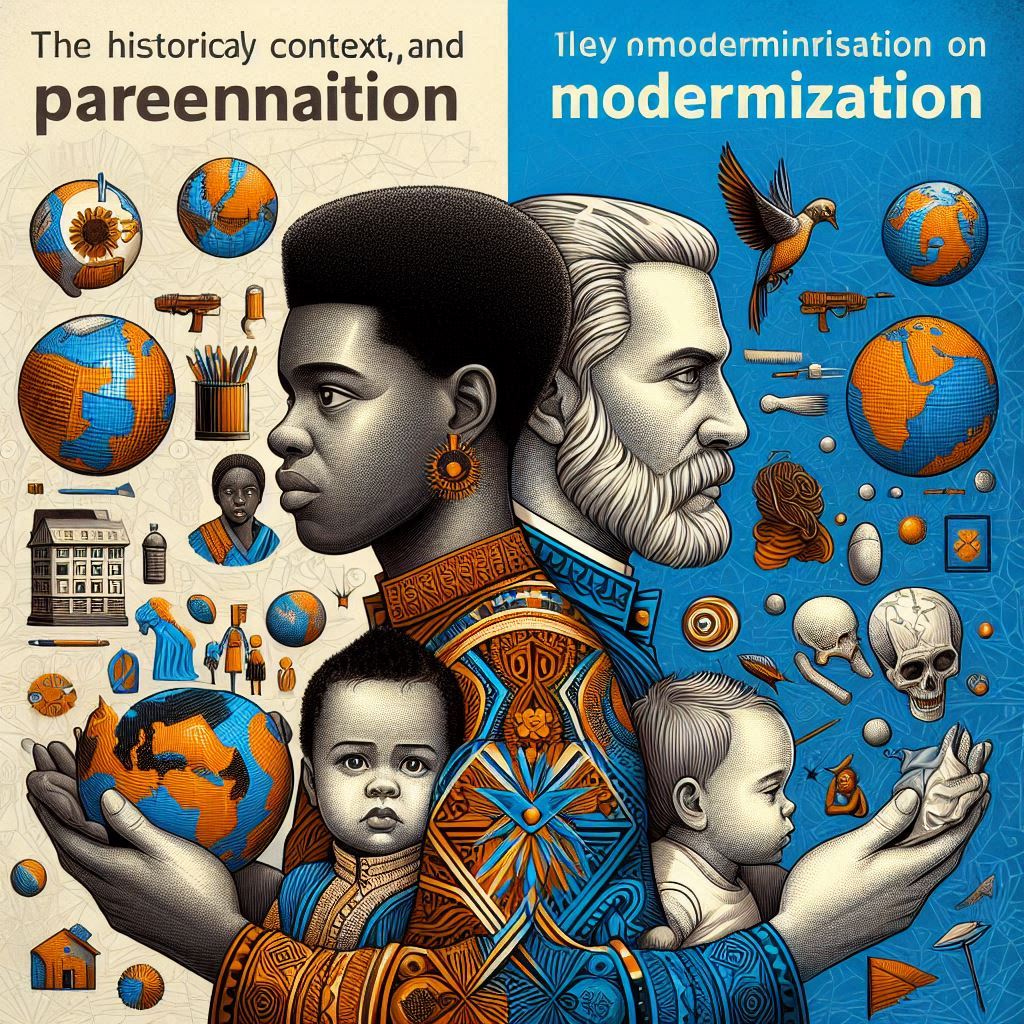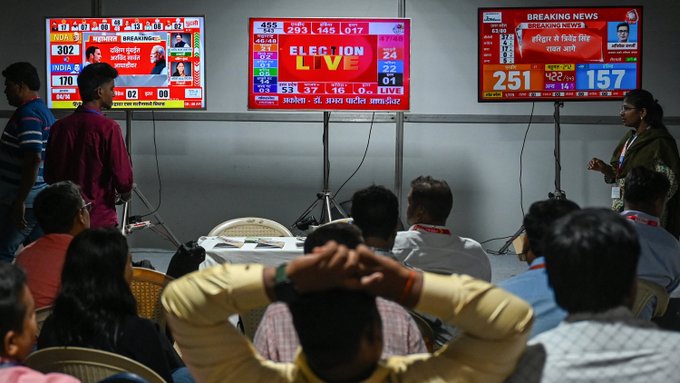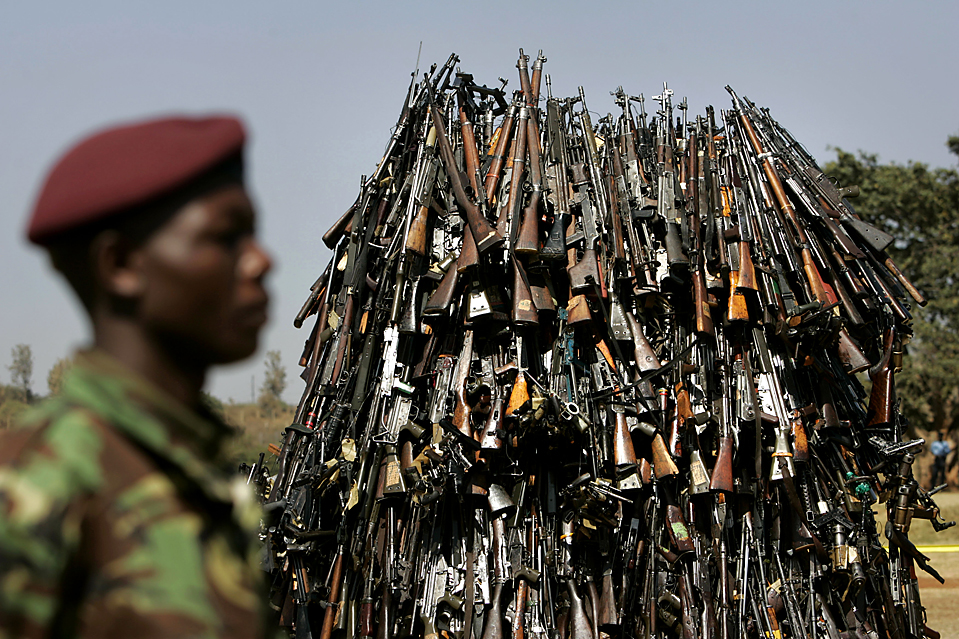
The Ongoing Struggle for Firearm Regulation in Kenya

As Kenya grapples with rising violent crime, the BBC Africa Eye documentary “Guns in the Shadows” sheds light on the complex challenges surrounding the issue of firearm regulation in the country. The film follows the story of Tush, an ex-convict who is now making efforts to persuade men to turn in their illegal firearms.
The Prevalence of Illegal Guns
Kenya’s struggle with firearm regulation is exacerbated by the widespread presence of unregistered guns within communities.3Many Kenyans remain reluctant to surrender their firearms, driven by a deep-rooted culture of gun ownership and a fundamental lack of trust in law enforcement authorities.

The Fear of the Police
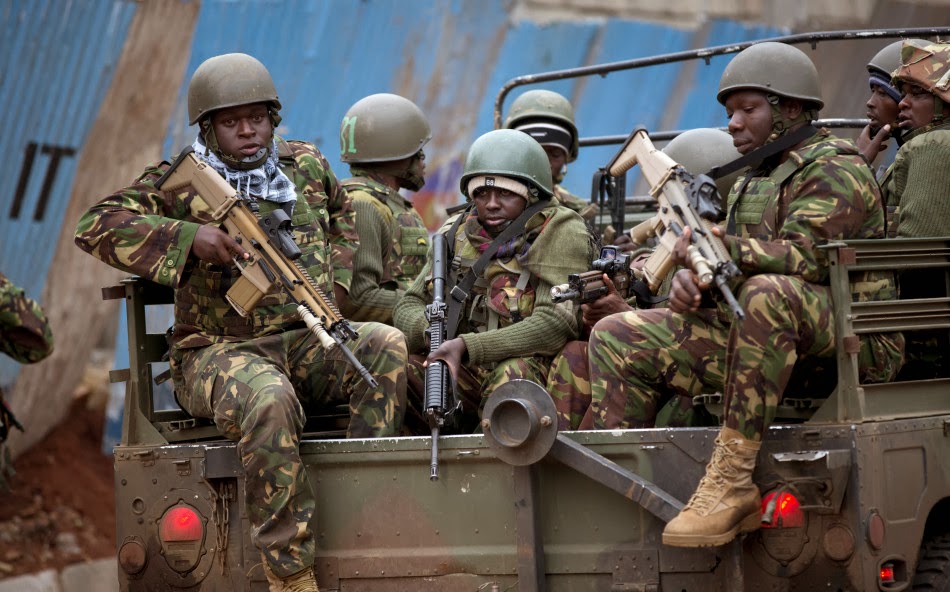
A key factor contributing to the persistence of illegal guns in Kenya is the fear and distrust that citizens have towards the police. Tush, the ex-convict featured in the documentary, acknowledges that this distrust is a significant obstacle in his efforts to convince people to turn in their weapons. The documentary highlights the complex relationship between the public and the police, where perceptions of corruption, brutality, and indifference have eroded the credibility of law enforcement.
The Challenges of Regulation
Despite government attempts to address the problem, effectively regulating the proliferation of illegal firearms in Kenya remains a daunting challenge. The deeply entrenched culture of gun ownership, combined with the lack of trust in authorities, presents significant barriers to implementing successful disarmament programs.

The Human Impact
The documentary “Guns in the Shadows” not only examines the systemic issues surrounding firearm regulation but also delves into the devastating human cost of gun violence in Kenya’s communities. The film highlights the stories of individuals whose lives have been irrevocably altered by the scourge of illegal firearms.
The Toll on Families
The documentary features heartbreaking accounts of families torn apart by gun violence. Viewers are introduced to the anguish of parents who have lost children to senseless shootings, as well as the trauma experienced by those who have narrowly escaped such tragedies. These personal narratives underscore the immense human toll of the proliferation of illegal guns in Kenya.
The Vulnerability of the Youth
The documentary also shines a light on the disproportionate impact of gun violence on Kenya’s youth.3Young people, particularly those living in impoverished and marginalized communities, are often the most vulnerable to the dangers posed by the easy availability of illegal firearms.3 The film highlights the devastating consequences of this reality, as it robs the country of its future generations and perpetuates a cycle of violence.
The Struggle for Solutions
As the documentary reveals, addressing the issue of illegal firearms in Kenya requires a multifaceted approach that addresses the root causes of the problem. Policymakers, law enforcement agencies, and community leaders must work collaboratively to develop comprehensive strategies that can effectively tackle this challenge.
Rebuilding Trust in the Police
One crucial step in this process is the need to rebuild trust between the public and the police. This will require a concerted effort to address issues of corruption, improve training and accountability, and foster a culture of community-oriented policing. Only by restoring the credibility of law enforcement can the government hope to gain the cooperation and trust of citizens in addressing the problem of illegal guns.
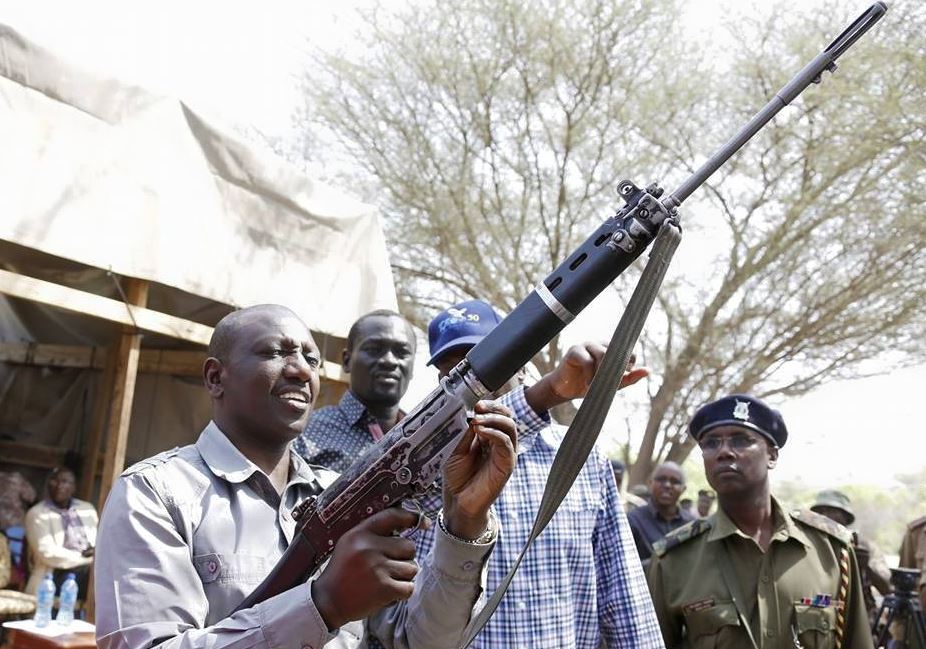
Community-Driven Initiatives
In addition to top-down policy changes, the documentary highlights the importance of community-driven initiatives in tackling the issue of firearm regulation.1The story of Tush, the ex-convict turned activist, serves as a powerful example of the impact that grassroots efforts can have. By engaging directly with individuals and fostering a sense of community ownership, programs like Tush’s can help to break down the barriers of mistrust and encourage voluntary disarmament.
Comprehensive Disarmament Programs
Ultimately, effective firearm regulation in Kenya will require a comprehensive approach that combines robust legal frameworks, improved law enforcement capabilities, and targeted disarmament programs. This may involve initiatives such as voluntary gun buyback schemes, enhanced background checks, and the strengthening of import and export controls. Additionally, investing in community-based violence prevention and rehabilitation programs can help address the underlying social and economic factors that drive the demand for illegal firearms.
Conclusion
The documentary “Guns in the Shadows” serves as a powerful reminder of the urgent need to address the issue of firearm regulation in Kenya. The prevalence of unregistered guns, the fear and distrust of the police, and the devastating human impact of gun violence all underscore the complexity of this challenge. However, the documentary also highlights the potential for change, as it showcases the efforts of individuals like Tush who are working tirelessly to address this problem.1By fostering trust, empowering communities, and implementing comprehensive disarmament strategies, Kenya can take meaningful steps towards a safer and more secure future.
The road ahead may be long and arduous, but the stakes are too high to ignore. The struggle for firearm regulation in Kenya is not just about numbers and statistics – it is about reclaiming the lives and futures of the nation’s people. With a resolute commitment to change and a willingness to tackle the root causes of this issue, Kenya can emerge as a beacon of hope and a model for other nations facing similar challenges.
How do you like the answer?
Satisfied




